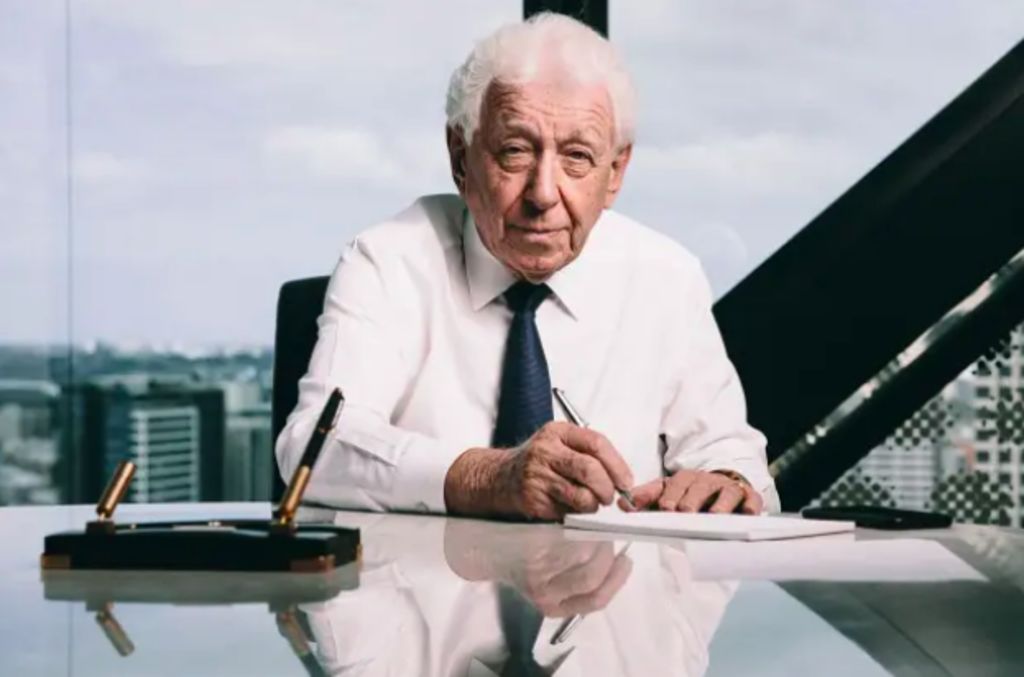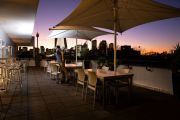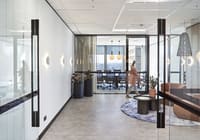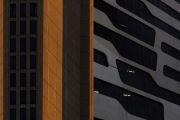
Why Tesla sales show Frank Lowy was right to sell
There’s an awful lot of moving pieces in the results of retail property giant Unibail-Rodamco-Westfield, the European property giant to which Frank Lowy and his family sold their overseas malls in late 2017.
But the overall conclusion is the Lowy family got the timing of its selldown exactly right.
While URW investors would have been cheered by news the company lifted its earnings guidance for calendar 2019 by 2.5 per cent, ostensibly because of strong tenant sales at its flagship European and US shopping malls, the result also contains pointers to the pain felt in the global retail sector.
One of the most interesting came from the company’s centres in continental Europe, where URW pointed to an increase in tenant sales of 4.9 per cent and 5.2 per cent at flagship centres in the year ended May 31.
Except the sales from what you might call “traditional” retail weren’t quite as good as it seemed.
Sales in URW’s French and Nordic shopping centres “benefited from the strong impact of the deliveries of the Tesla Model 3”. Excluding Tesla sales, tenant sales in the year ended May 31 rose only 2.9 per cent.
Now, there are two ways you can look at this.
The glass half-full view is that URW is cleverly transforming its malls to use retail space to support less-conventional consumer brands.
The less-positive view is that URW’s total European sales were inflated by some big-ticket car sales in a limited number of centres; that would suggest things are rather less positive across the bulk of its portfolio.
Important sign
Perhaps the most important sign that Lowy got his timing right is the 1.3 per cent fall in the like-for-like value of URW’s property portfolio, where $956 million was wiped off the value of its shopping centres, which were worth $90.1 billion on June 30.
That might sound pretty marginal, but what’s fascinating is some of URW’s commentary about investor interest in retail shopping centres in continental Europe – or more pointedly, the lack thereof.
“Investor demand for real estate shows a clear bifurcation between commercial real estate classes,” URW said in its half-yearly report.
“The demand for alternative assets, such as logistics, hotels, residential and other alternative asset classes, continues to grow, reaching €37.5 billion ($60.8 billion)” in the first half, a 1.3 per cent increase over the year-earlier period.
“Retail investment, however, declined by 56 per cent compared to H1-2018 reflecting wider concerns on how changing consumer habits will impact the sector.”
The value of URW’s shopping centres fell 0.4 per cent in continental Europe, but crashed 6.3 per cent in Britain, mainly because of the Lowy’s former UK flagship, Westfield London.
(It’s also worth noting it was reported on Wednesday night that shares in Intu, another British retail landlord, slumped a staggering 30 per cent after it reported its first-half rental income fell 18 per cent).
Deal volumes down
In the US, home to what was the bulk of the Westfield portfolio, shopping centre deal volumes fell 16.6 per cent in the six-month period. The value of URW’s centres was down 1.6 per cent.
None of this is to say URW’s core strategy of putting the biggest retail brands in the wealthiest catchment areas isn’t right. And clearly the group is looking to do innovative things with its portfolio, including attracting previously digital-only brands into its centres, bringing in brands such as Tesla, and even pushing into residential property.
For example, the company delivered the first 10 floors of its first residential project, called Palisade at Westfield UTC in San Diego, in June, with the rest to be delivered in August.
But the distinct lack of interest in retail property around the globe, and the relatively small number of transactions seen does not bode well for the billions of dollars of retail property that is on the market, or may come onto it, in Australia.
As local players eagerly await the outcome of Lendlease’s sale of a half-share in Westfield Marion in Adelaide – which whispers suggest might be inching closer – they’d know they face headwinds blowing around the globe.
According to the old market wisdom, no one ever rings a bell at the top of the market.
Except maybe Lowy did.











